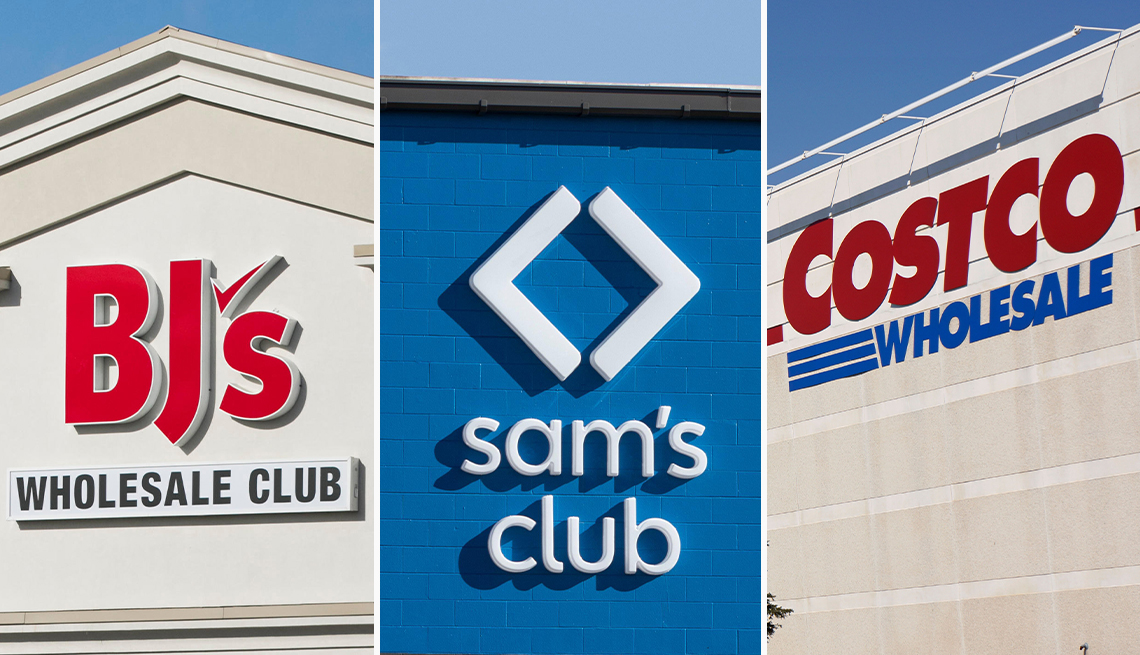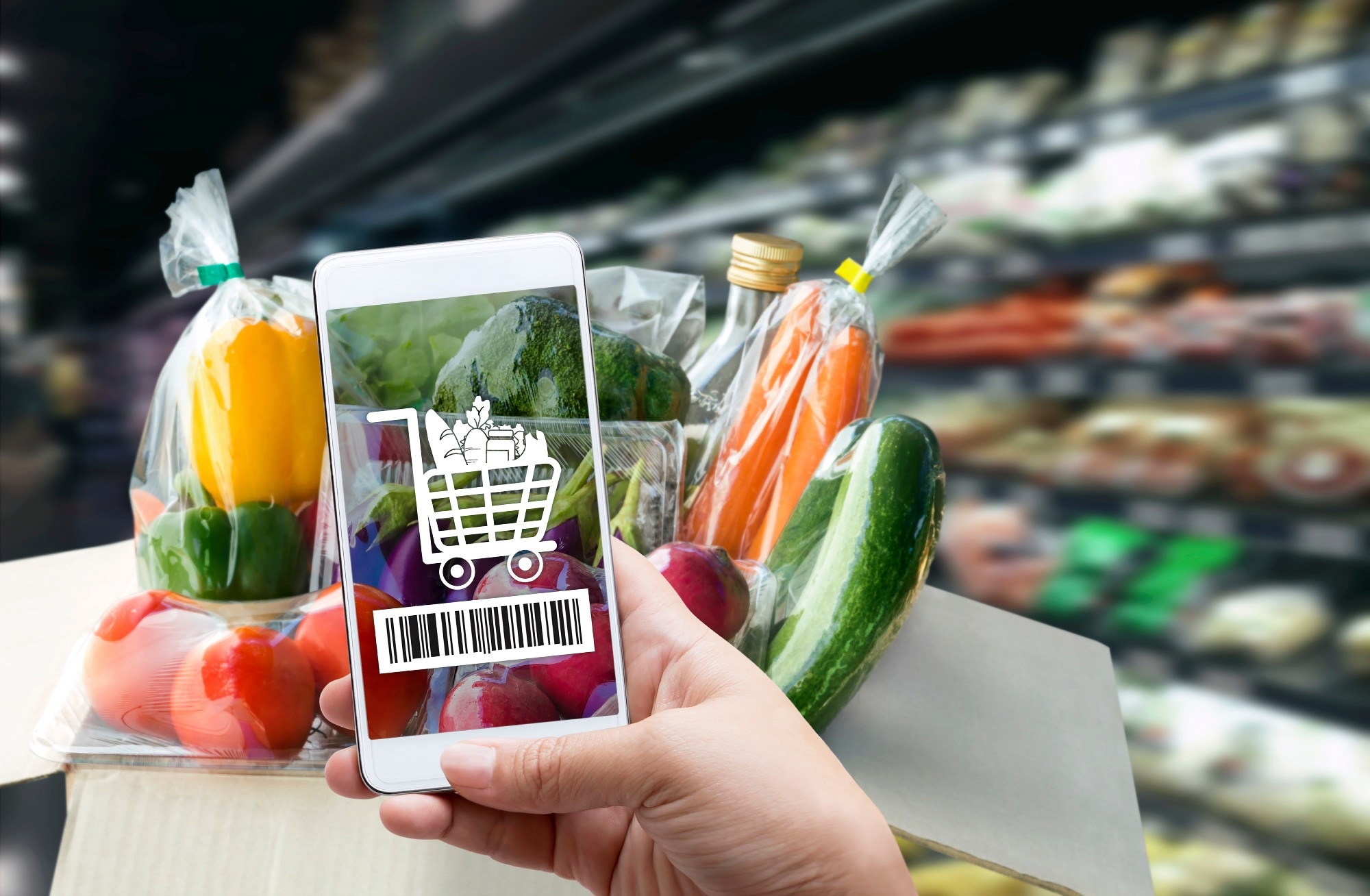Using AI to Uncover White Space Opportunities in CPG

Summary:
In today’s competitive consumer packaged goods (CPG) industry, success is no longer about shelf space but about uncovering white space opportunities—those unmet consumer needs and hidden market gaps that drive growth and innovation. Artificial intelligence (AI) is revolutionizing how brands identify these opportunities by analyzing consumer sentiment, competitor activity, purchase behaviors, and search patterns in real time. From predicting emerging trends to validating product ideas, AI empowers small and mid-sized CPG companies to achieve first-mover advantage, reduce launch risks, and align with evolving consumer values. By leveraging AI-driven insights, brands can transform data into market-leading products that capture demand before competitors even notice.
Using AI to Uncover White Space Opportunities in CPG
Finding growth in today’s consumer packaged goods (CPG) industry is no longer about fighting for shelf space. It is about identifying white space—those hidden opportunities where consumer demand exists but is not being fully met.
White space can take many forms. It might be a growing consumer segment, an unmet product need, or an emerging trend your competitors have not yet noticed. For small and mid-sized CPG companies, uncovering these opportunities early can lead to first-mover advantage, market share gains, and long-term brand relevance.
Artificial intelligence (AI) now offers a smarter, faster way to find white space opportunities by analyzing data at a depth and scale far beyond traditional methods.
What Is White Space and Why Does It Matter?
White space is where innovation begins. It is the area in the market where consumer needs are not being fully addressed. This could be:
- A product category that is underrepresented
- A demographic or lifestyle segment with evolving needs
- A usage occasion that lacks convenient or targeted solutions
- A shift in consumer values or priorities not yet reflected in available products
For example, a growing group of urban professionals may be seeking healthy, plant-based snacks that fit into their on-the-go lifestyle. If no product fully addresses their needs, that is white space.
Traditional market research, focus groups, and sales data can hint at these trends, but AI goes several steps further by analyzing real-time, unstructured, and high-volume data to reveal patterns and gaps.
How AI Identifies White Space
AI-powered tools help CPG brands move from reacting to trends to predicting and shaping them. Here are a few ways SMEs are using AI to uncover white space:
1. Social Media and Consumer Sentiment Analysis
Natural language processing (NLP) models scan millions of online reviews, comments, and social posts to detect emerging desires or complaints. These early signals can indicate dissatisfaction with existing products or demand for new formats, flavors, or claims.
2. Market and Competitor Data Monitoring
AI systems can track product launches, pricing, distribution changes, and consumer reactions across competitors. This helps identify gaps where others have not yet entered or where new sub-categories are forming.
3. Purchase Behavior Clustering
Machine learning can group consumers based on actual purchase behavior, not just demographics. This helps spot underserved segments, such as budget-conscious wellness shoppers or eco-focused parents looking for sustainable packaging.
4. Retail and E-commerce Search Analysis
AI tools analyze what customers are searching for on retail and brand websites—even when those searches do not result in a purchase. These zero-result searches often reveal unmet demand.
5. Trend Forecasting Models
By combining external data like economic indicators, seasonal behavior, and lifestyle changes, AI can forecast future product interest before the market moves.
Case Study: Finding Plant-Based Potential
A mid-sized dairy brand wanted to expand into new health-conscious categories but did not know where to focus. Instead of commissioning months of surveys, they used an AI platform to analyze:
- Recipe searches and food forums
- Online reviews of competitor products
- Sales data across alternative milk and protein categories
- Google Trends and regional search volumes
The model highlighted a fast-growing interest in plant-based products among fitness-focused millennials in urban centers. Based on these insights, the company developed a line of high-protein, plant-based smoothies and marketed them through targeted social campaigns.
The result: a successful product launch and a 12-month growth trajectory that outpaced their existing lines.
Benefits of Using AI to Discover White Space
For SMEs in CPG, the ability to spot white space early translates into real business value:
- Faster product development based on validated insights
- Lower risk of failed launches
- Stronger differentiation from larger competitors
- Better alignment with emerging consumer values
- The ability to lead trends rather than follow them
And because AI can work continuously and in real time, it allows your team to monitor the market with far less manual effort.
How to Get Started
You do not need a full in-house data science team to begin using AI for white space discovery. Here is how SMEs can start small and move quickly:
- Define a Focus Area
Choose a product category or consumer segment where you suspect there may be untapped demand.
- Identify Data Sources
Work with a partner or platform that can pull relevant data: reviews, sales, search queries, social content, competitor activity.
- Run an AI Discovery Sprint
Set up a short engagement to explore signals and identify potential opportunity areas. Look for themes that repeat across channels.
- Validate Through Rapid Testing
Use prototypes, landing pages, or targeted ads to test interest in the new idea before full-scale development.
- Refine Based on Feedback
Continue to use AI to monitor performance, tweak positioning, and track consumer response as you bring the product to market.
Final Thought
White space is not just for startups and category disruptors. It is available to any brand that knows how to look for it. With AI, even small and mid-sized CPG companies can discover and act on market opportunities faster and more confidently.
The difference is no longer access to data. It is how you use it.
📩 Contact RILA GLOBAL CONSULTING today to learn more.
Read More

Q4 Consumer Signals: What Costco, BJ’s, and Sam’s Club Tell Us About Holiday Spending
The article delves into Q4 consumer signals gleaned from Costco, BJ's, and Sam's Club, highlighting how these wholesale retailers provide a crucial barometer for holiday spending and evolving shopper expectations. While value and bulk purchasing remain paramount, consumers are exhibiting diminishing patience for operational frustrations, demanding seamless experiences alongside significant savings. Costco navigates a reputation for premium value amidst growing complaints of overcrowding, BJ's champions aggressive deals despite service inconsistencies, and Sam's Club leverages digital convenience that is often undermined by fulfillment issues and unexpected viral moments. Collectively, these insights paint a picture of a holiday season where consumers are highly deal-sensitive but increasingly expect retailers to mitigate the inherent stresses of holiday shopping, offering early indicators of shifting loyalty and household budget priorities.
December 7, 2025
READ MORE

Thanksgiving 2025 Social Media Trends: What 2 Million Consumer Conversations Reveal
Thanksgiving 2025 conversations on social media revealed key consumer sentiments and trends, with over 2 million posts highlighting holiday planning, food prices, and family dynamics. Millennials, in particular, are shaping purchasing decisions. While overall sentiment was positive, concerns about specific item price spikes and distrust in AI-generated recipes emerged. Retailers can leverage insights on value, convenience, and transparency to better connect with consumers.
November 27, 2025
READ MORE

Black Friday 2025: What Consumers Really Said On Social Media About Holiday Spending
Black Friday 2025 saw over a million social media mentions in the US, revealing a complex consumer sentiment. While shoppers eagerly sought genuine value in deals, particularly for streaming services, electronics, and gaming, they also expressed growing fatigue and distrust due to perceived fake discounts, high-pressure tactics, and financial strain. The emergence of AI tools like ChatGPT and Gemini in the research and comparison process signifies a major shift in consumer behavior, demanding greater transparency and meaningful value from brands to gain trust in future holiday sales events.
November 27, 2025
READ MORE

How Americans Used AI for Thanksgiving 2025: What Millions of Conversations Reveal
As Americans navigated Thanksgiving 2025, artificial intelligence emerged as a helpful, yet cautiously adopted, assistant in the kitchen. While millions of social conversations reveal a willingness to use AI for tasks like generating grocery lists, finding substitutions, and understanding food safety, a significant skepticism remains regarding AI's ability to handle the critical elements of holiday meal preparation. The rise of 'AI slop' highlights concerns about low-quality or nonsensical AI-generated recipes, leading consumers to rely on trusted human sources for the main dishes. Ultimately, AI is seen as a valuable tool for planning and convenience, but not as a replacement for human expertise in crafting the centerpiece of the Thanksgiving table.
November 27, 2025
READ MORE

Best Buy Social Media Analysis Ahead of Earnings: What 500K Online Conversations Reveal
Ahead of its Q3 2025 earnings announcement, over 500,000 social media conversations paint a consistent picture of Best Buy: consumers appreciate its deals, product selection, and the promise of reliable tech support. However, significant frustrations persist regarding delivery issues, complex warranties, and poor customer service follow-through. Despite these operational challenges, Best Buy's brand appears stable and predictable, lacking major scandals or controversies, which suggests a low-drama earnings call and reinforces its image as a reliable, though not always seamless, retail brand.
November 25, 2025
READ MORE

Inside the Crumbling US Job Market: 18M Social Media Mentions on Work, Pay, and Layoffs
Conversations surrounding the US job market have surged, with 18 million social media mentions revealing widespread anxiety about work, pay, and job security. Layoff announcements are at a 22-year high, mirroring levels not seen since the Great Recession, while continuing unemployment claims are nearing four-year peaks. This sentiment is amplified by the emotional texture of online discussions, where people express struggles to afford bills, the necessity of second jobs, and burnout. Concerns about AI's potential to eliminate white-collar roles, coupled with frustrations over applicant tracking systems and 'ghost jobs,' further contribute to a deeply negative outlook, overshadowing positive stories of job acquisition and meaningful work.
November 21, 2025
READ MORE

The End of the U.S. Penny: What Social Listening Reveals About Value, Nostalgia, and America’s Evolving Relationship With Currency
The end of U.S. penny production sparked an online conversation far richer than a simple economic update — revealing a moment where money, memory, and national identity collided. Social listening shows Americans framing the discontinued coin as a cultural artifact, a childhood symbol, and a mirror for anxieties about inflation, political leadership, and a cashless future. Nostalgia blended with skepticism as collectors, financial commentators, and everyday users debated what the penny’s disappearance says about shifting priorities in a modernizing economy. In witnessing the final minting of a coin with 232 years of history, the public wasn’t just reacting to monetary policy — they were negotiating the meaning of value itself.
November 19, 2025
READ MORE

What U.S. Consumers Are Really Buying Right Now: Viral Trends, High-Tech Tools, and the New Psychology of Shopping
U.S. consumers are reshaping the retail landscape in real time, blending emotional impulse with unexpected investment as they navigate economic pressure and digital influence. Social conversations show that Americans are simultaneously splurging on high-performance niche tools, making impulsive TikTok-driven micro-purchases, and buying controversial or loosely regulated products that reveal widening trust gaps in the marketplace. Even as budgets tighten, spending on beauty, wellness, and status-defining items remains resilient, signaling that identity, comfort, and social proof matter more than ever. The result is a consumer environment where viral influence outweighs traditional marketing, transparency becomes a competitive advantage, and brands must track fast-moving cultural signals to stay relevant.
November 19, 2025
READ MORE

Target in Q3 2025: What 6 Million Social Media Posts Reveal About the Brand
Target’s Q3 2025 social footprint reveals a brand caught between strong product demand and increasingly strained execution. Shoppers still love Target’s private labels, seasonal magic and exclusive collaborations, but their enthusiasm is undercut by widespread frustration with understaffed stores, long checkout lines, messy environments, unreliable digital inventory, app glitches and inconsistent delivery through Shipt and Circle 360. Social and political debates as well as safety concerns add volatility to Target’s perception, even as private-label performance and holiday readiness remain clear strengths. The data shows a widening gap between Target’s brand promise and the real shopper experience - one that represents both a risk to loyalty and an opportunity for operational reinvention.
November 18, 2025
READ MORE